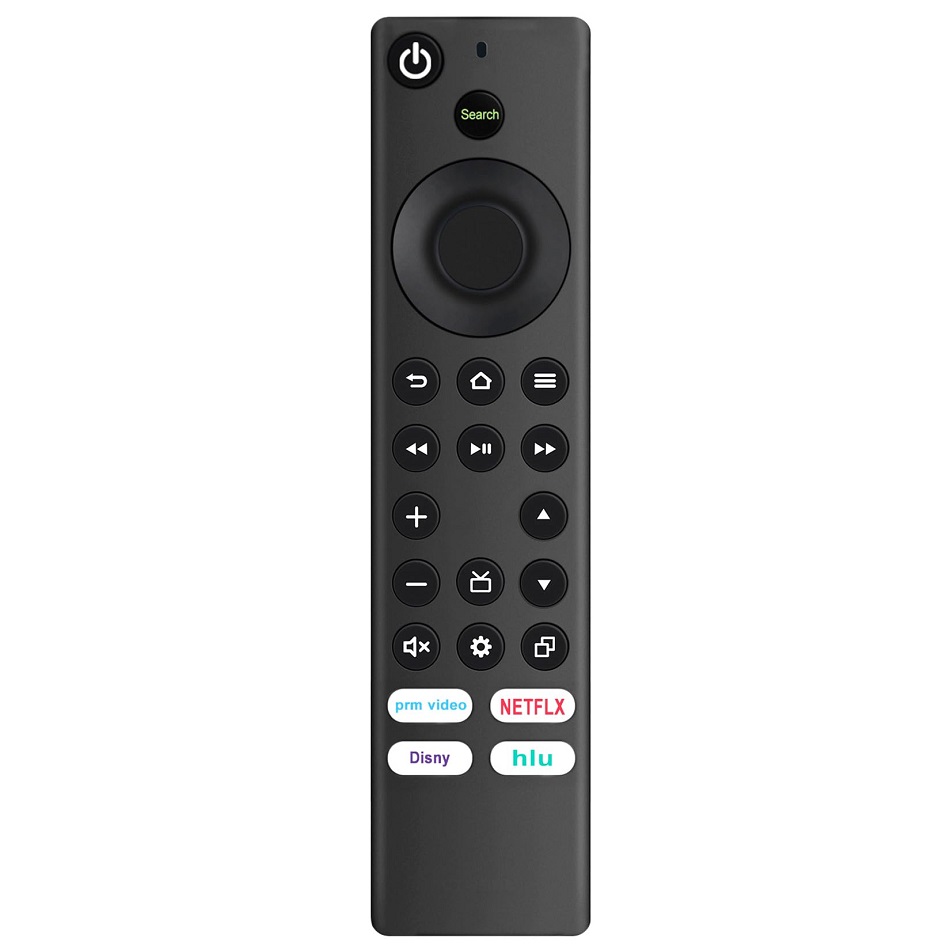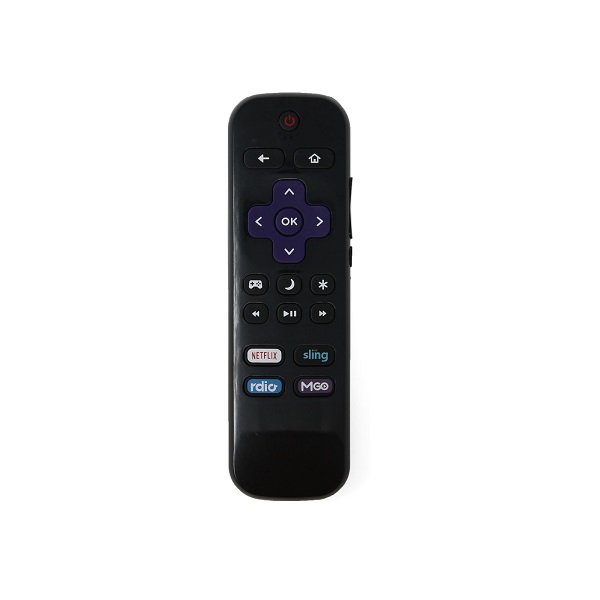Introduction
When it comes to enjoying your favorite shows and movies, the last thing you want is for your TV remote control to malfunction. If you own a Samsung TV that comes with a solar remote, you might occasionally find it unresponsive. This can be infuriating, especially when you are just settling down for an evening of binge-watching. In this comprehensive troubleshooting guide, we will explore various reasons why your Samsung TV solar remote not working and provide effective solutions for each issue.

Understanding Your Samsung Solar Remote: Key Features and Technology
Before we dive into the troubleshooting steps, it’s essential to understand what makes the Samsung solar remote special. Unlike standard remotes that operate on disposable batteries, the Samsung solar remote harnesses solar energy, making it an eco-friendly option that reduces waste and provides longevity. This remote features a sleek, minimalist design that enables easy navigation through your Samsung TV’s myriad of smart features.
The technology behind the solar aspect is rather fascinating. A small solar panel on the top of the remote absorbs both natural sunlight and artificial light, allowing it to convert this energy into electricity. However, its efficiency can be compromised under certain conditions, be it lack of light, dirt accumulation, or technical failures within the remote itself. Understanding these features should lay the groundwork for identifying potential problems, as knowledge is a critical aspect of effective troubleshooting.
Common Reasons Your Samsung Solar Remote Isn’t Responding
It’s crucial to diagnose the problem accurately before attempting to fix it. Various factors can contribute to a lack of response from your Samsung solar remote, and identifying them can save you time and resources. Let’s go through the most common reasons of your Samsung TV solar remote isn’t working:
-
Insufficient Light Absorption
Since the Samsung remote relies on light to recharge, let’s talk about how insufficient light exposure can lead to functionality issues. If the solar panel on your remote hasn’t been exposed to adequate lighting conditions, the battery level may drop significantly, leading to an unresponsive remote. The remote may technically still hold a charge, but if it hasn’t been generating power due to lack of light, it won’t respond to your commands.
If this is the suspected issue, try placing the remote in a well-lit area—preferably under natural sunlight—for a few hours. If after this time the remote still doesn’t work, consider using an external light source, such as a lamp, to further charge it. Avoid placing the remote in locations where it can gather dust or isn’t exposed to light, as even the smallest obstructions can impact charging capabilities.
-
Dirty Solar Panel
Another common issue affecting the responsiveness of your Samsung solar remote is a dirty solar panel. Over time, dust, fingerprints, and smudges can accumulate on the panel, obstructing the light necessary for charging. Ignoring this build-up can lead to decreased efficiency, and you may find yourself struggling to get the remote to work.
To clean the solar panel, take a soft, lint-free cloth—microfiber cloths work well—and gently wipe the surface. Avoid using any harsh chemicals or scrubbing aggressively, as this can damage the panel. After cleaning, place the remote in a well-lit spot, allowing it to recharge before testing to see if it responds. Regular cleaning can ensure that your remote operates effectively and extends its lifespan.

-
Range and Obstructions
When troubleshooting your Samsung solar remote, you should also consider the distance and obstacles between the remote and your television. The technology used in the remote has an optimal operating range. If you are too far away or if something obstructs the direct line of sight between your remote and TV, a response will be hindered.
Check to make sure there are no physical barriers, like furniture or objects, obstructing the signals exchanged between your remote and the television. This issue is often overlooked, especially in busy living rooms where various elements can interfere. Make sure to point the remote directly at the television when using it. If you’re still having trouble, try to move closer to the TV to determine if proximity affects the remote’s functionality.
-
Interference from Other Devices
Another technical aspect to consider is the possibility of interference from other electronic devices in your home. Many households today are filled with smart gadgets, wireless routers, Bluetooth devices, and other electronics, which can cause conflicting signals. If your Samsung TV remote shares a frequency with another device in your living space, it may not function as expected.
To troubleshoot this, temporarily turn off any nearby electronic devices that could be interfering with the remote signal. This might include gaming consoles, smart speakers, or wireless hubs. Test the remote again after doing so; if it begins to respond, you have likely identified the source of the interference. At this point, try to rearrange your tech to minimize overlap and ensure your remote’s signals remain clear of electronic disruption.
-
Malfunction or Damage
All electronics are susceptible to malfunction or damage over time, and the Samsung solar remote is no exception. If none of the previous troubleshooting steps have resolved the issue, it’s crucial to rule out potential malfunction. It could stem from a variety of reasons like internal component failure or even accidental drops that can lead to physical damage.
To inspect this further, examine the remote for any visible signs of wear, such as cracks or loose buttons. Pressing each button should yield a tactile response. If you notice any unresponsive buttons, it may require internal repairs or replacement. In cases where the remote seems entirely nonfunctional, consider reaching out to Samsung’s support team or visiting an authorized service center to determine whether a replacement unit is necessary.
![]()
Final Diagnostic Steps: Resetting Your Samsung TV and Remote
After considering all the factors above, there’s an additional step that might prove beneficial: resetting both your Samsung TV and remote. A simple reset can sometimes resolve underlying issues that surface due to software glitches or updates gone awry.
To reset your Samsung TV, unplug it from its power source for about ten seconds before plugging it back in. This soft reset can clear temporary caches and settings, refreshing the TV’s system. For the remote, remove it from the TV pairing list through the settings and re-pair it once more. This process usually resolves minor bugs that a standard troubleshooting protocol may have missed.
Preventative Measures to Keep Your Remote Functioning
Now that you’ve troubleshot the potential issues with your Samsung solar remote, let’s focus on preventative measures to keep it functioning optimally in the long term. Here are some pointers:
Maintain Cleanliness: Regularly clean both the solar panel and the remote’s overall surface to keep it free from dirt and fingerprints.
Mind the Environment: Be conscious of where you store the remote. Keeping it near windows or other light sources can prevent it from losing charge.
Minimize Interference: If you notice any consistent interference, consider rearranging your electronic devices to create clearer lines of communication.
Educate Users: If others in your household use the remote, educate them about proper handling and usage to minimize mishaps.
Conclusion
Dealing with a Samsung TV solar remote not working can be a frustrating experience, especially when the root of the problem isn’t immediately apparent. However, by following this troubleshooting guide, you can identify and rectify the issues affecting your remote’s performance efficiently. Remember to consider each factor chronologically and take a systematic approach to diagnosing the problem. With thorough troubleshooting, proper maintenance, and understanding your device, you can enjoy a seamless viewing experience without the hassle of unresponsive controls.
If you’ve tried all these steps and your remote is still unresponsive, it may be time to consult with Samsung support or consider replacing your remote altogether. Here’s to many happy viewing sessions with your Samsung TV!